Save Space with Vertical Gardening
Space is at a premium, and this is particularly important if you like to garden. Ultimately, you only have so much space to grow your vegetables, flowers, and herbs. If you cannot extend outward, then why not expand upward? It is possible for you to grow delicious vegetables and beautiful plants through vertical gardening.
This is one of the best ways to take advantage of small space gardening, but you also have to put your plants in a position to be successful.
So what are the methods of maximizing growing space with less space available? Let’s dig in…

The Basics of Vertical Gardening: What To Know
This method of gardening looks really cool, helps you save space, and allows you to grow a variety of flowers, fruits, and vegetables; however, what do you need to think about if you want to grow a vertical garden?
Some of the basic components you need to consider include:
Think about your framework. Do you want to hang pots in vertical planters to create your own vertical garden or wall gardens? Think of green walls or a living wall. Do you want to build vertical planter boxes? Or, do you want to hang cloth grow bags on a fence? As long as your framework will support your soil and plants, you should be fine.
You also need to think about your growing medium. Where are the roots going to grow? Some combination of soil and compost should be fine, but you might want to take a look at a few synthetic growing methods as well. Gravity is not going to be your friend, and you want to prevent soil from falling out of your structure. Otherwise, your plants will be deprived of their nutrition.
You should also think about the plants you will grow. The good news is that just about every plant that grows well traditionally can grow well virtually as long as it has the right support. We will get into a few examples you might want to try below.
How are you going to irrigate your plants? Without a steady water supply, your plants will have a difficult time growing. If you can reach your plants, then a typical watering can will still work well; however, if your vertical garden reaches to the sky, you might need an advanced irrigation system. We will explore this as well.
So, what are the options you have available if you want to build a vertical garden?

How To Create a Basic Vertical Garden: Simple Options
If you want to grow a vertical garden, there are plenty of choices available. Some of the most popular options and simple solutions include:
- Consider hanging a pot on a vertical surface. If you have a fence outside, you may want to tie a rope to your pots. Then, simply hand them on the posts.
- If you have some old picture frames, you may want to remove the back. Then, consider placing some soil in the picture frames and grow your plants vertically. This is a great way to put your old picture frames to use.
- If you have some plastic bottles or PVC tubes, simply cut out an opening. Then, you have the perfect location for soil to grow your plants. Just be sure to check how large these plants will grow to determine the best options. Creating a mini herb garden with this method is a good idea for using less outdoor space or in urban areas.
- If you have ever seen romantic floral lined archways, you can use them to grow your plants as well. All you have to do is pack the soil on the outside of the arch, plant the seeds, and you should be good to go. Some plants may need encouragement by helping them get established on the trellis or archway.
Right now I live on a cattle ranch and have the space available to grow a larger scale garden. But, I didn’t start out this way. In fact, before I was married, I grew a few vegetables and herbs on the balcony of my apartment. So, you really can grow almost anywhere. It just may take a little bit of creativity.
There are many options available from using trellis to creating a tower garden. This is a great way to grow edible plants without a lot of garden space.
Growing a vertical garden doesn’t have to be complicated, but what do you want to plant?

The Best Vegetables To Grow Vertically
Even though just about every vegetable that grows in traditional gardens can also be grown vertically, some are easier to work with than others. A few of the top options for growing vegetables vertically include:
Because peas are relatively light, they are easy to grow vertically. Regardless of whether you have garden peas, snap peas, or snow peas, all of them will grow well vertically. You can put them in just about any support system, but a simple twig trellis will work great.
Keep in mind that peas tend to grow well in cooler weather, so consider planting them in the fall garden or early spring.
Green beans are also very popular to grow vertically. Typical green beans, which are also called pole beans, grow well under just about any set of conditions. They might be a great option if you are new to vertical gardening.
Cucumbers are arguably the archetypal vegetable for growing vertically. Even though they might take up a lot of space in a traditional garden, they will grow well in the vertical setting. You can even find varieties that will climb over your romantic archway as they grow. Furthermore, if your cucumbers grow vertically, it is easy to spot when they are ripe. You don’t have to worry about your fruit hiding underneath a leaf or vine.
Cucamelons are also a great fun addition to the home garden if you want an option that the children will love to help grow.
You can also grow tomatoes vertically. Even though just about every variety will grow well in the vertical setting, you may want to grow vining tomatoes. These can be trained or guided up a vertical structure, creating a beautiful scene in your garden.
You might also want to grow winter squash. Even though this is a bit harder than some of the other vegetables on this list, you can support your squash with a hammock. That way, the vine doesn’t snap.
Climbing flowers also make a great addition to the garden if you want to add a bit of whimsy and have the space to do so. I have the space for a potager garden and add florals to old used cattle panels for a bit of romance to our pathways.
What are a few other tips you might want to follow up to support your plants as they grow vertically?
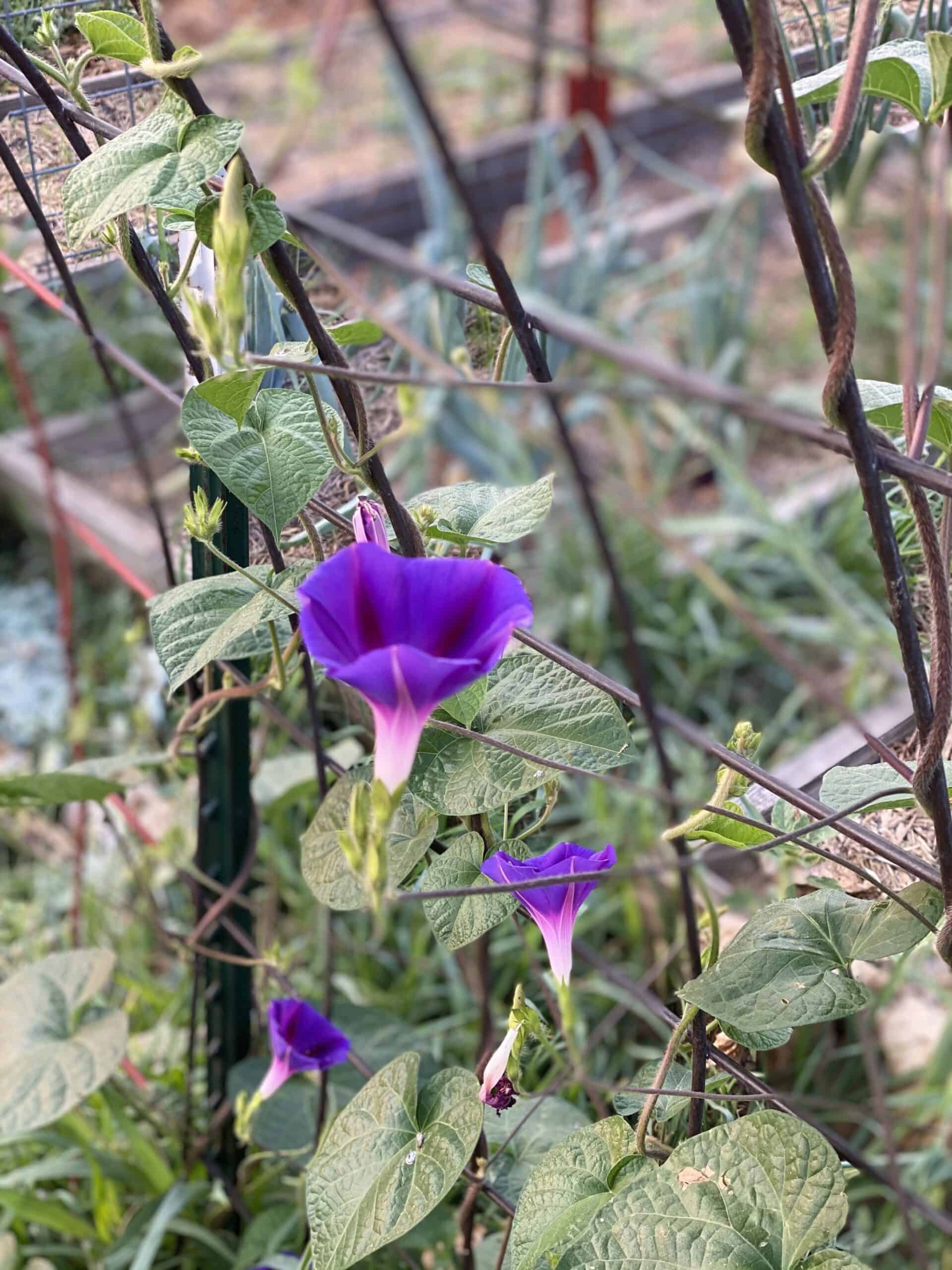

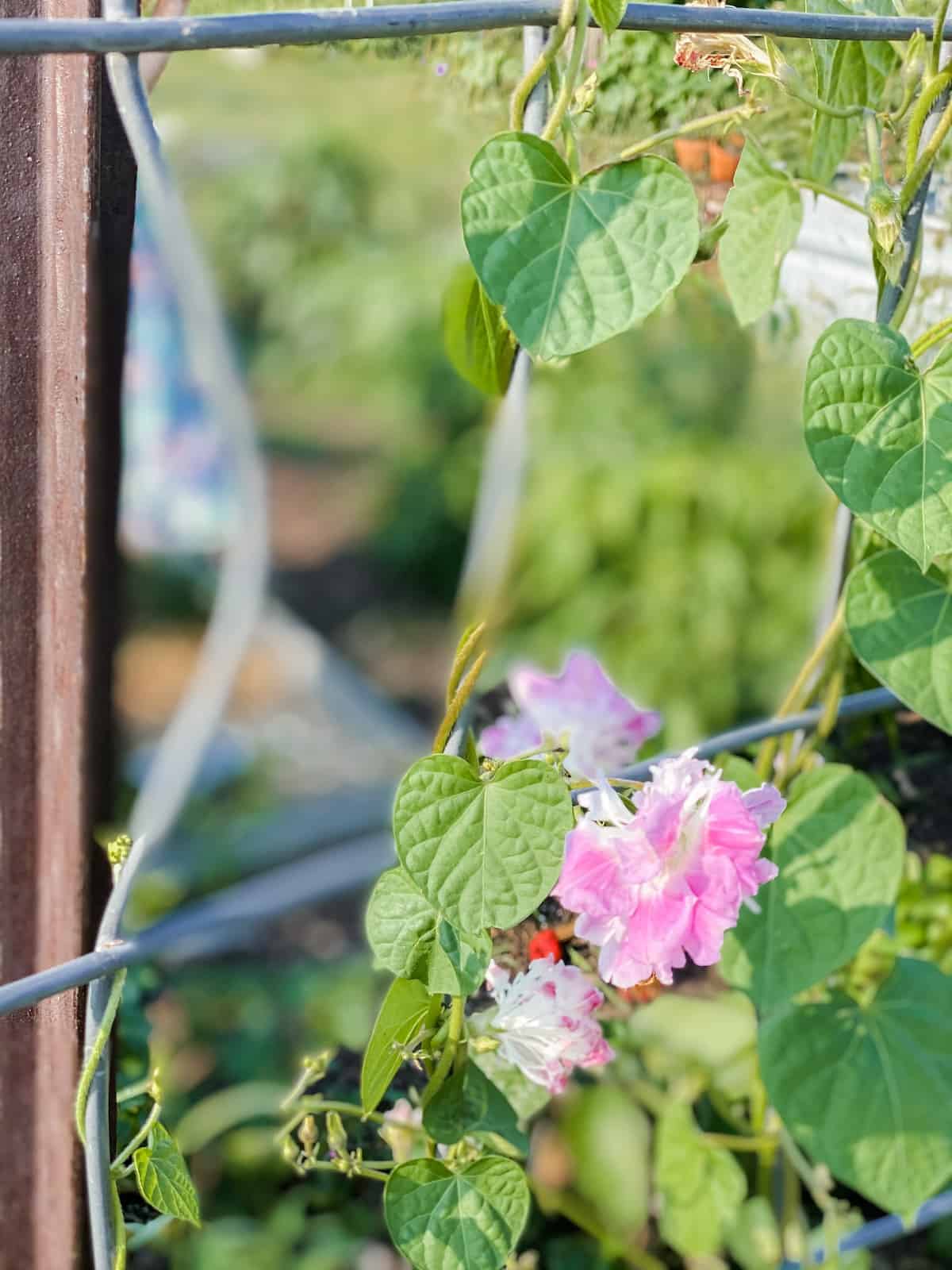

The Top Tips for Supporting Your Plants
If you want to make sure your plants have the necessary support and your vertical garden, there are a few important tips you should follow. These include:
Remember that the weight of your plant is going to change over time. Just because that pot or trellis can support the soil now doesn’t mean it will in the future. As the plant grows, it is going to get heavier. Furthermore, when you water your plants, the water will add some extra weight. Make sure your design can support your plant when it is wet and when it gets larger.
If you hang anything above your head, make sure it is securely attached. For example, light plastic or wire will work better than other flimsy materials. You do not want something to fall and strike you on the head.
If you have window boxes, make sure they are securely attached as well. You do not want them to fall from the sill and shatter or strike someone.
When you put your plants in the air, think about their maximum height. You do not want them to get crowded by the wall or ceiling. If your plant doesn’t have room to grow, its health is going to suffer.
Different materials for your vertical garden have different benefits and drawbacks. Wood is a popular material because it is easy to work with and readily available, but it also rots over time. Metal is another common material, particularly if you want to make a trellis or an art. The biggest disadvantage of metal is that it can rust. You might also use clay or ceramic pots. Unfortunately, they can be heavy, so you might want to go with lighter pots such as plastic or wire.
If you have the space available – cattle or hog panels are my top choice. And they are fairly inexpensive from the local farm stores, coming in at about $20-25 dollars per panel. I often repurpose old panels that are damaged by the cattle and no longer usable for the ranch as fencing. So some of mine aren’t perfectly shaped – and I’m ok with this because I scored them for free! You could reach out to a local farm and ranch for their used cattle panels that that can no longer use.
Some materials and designs work better for some vertical gardens than others. Think carefully about the benefits and drawbacks of every support system before you decide what is best for you.

What Are the Benefits of Vertical Gardening?
There are a number of significant benefits you will enjoy if you decide to give vertical gardening a try.
A vertical garden can save a lot of space. If you don’t have a lot of space outside, you can grow your vegetables vertically. By growing vegetables upward instead of outward, you don’t have to worry about them filling up the garden and crowding out other vegetables.
If you grow your plants in the ground, they are vulnerable to diseases, pests, and other animals that might consume your hard work. If you grow them vertically, you don’t have to worry about as many fungal diseases and pests eating the fruits of your labor.
Even though appearance might not matter much to you, it is still awe-inspiring to see a thriving garden growing vertically. Thanks to gravity, all of your fruits are going to hang straight or, creating a uniform appearance.
If you are tired of back, hip, and knee pain from harvesting your fruits on the ground, it is time to grow them vertically. Instead of having to crash down, all you have to do is pluck them out of the air. It doesn’t get much easier than that.
Vertical growing also works well with companion planting. You can build your vertical growing plants on the edges of a planter and fill in the rest of the bed with plants that benefit each other.
For all of these reasons, you should consider giving vertical gardening a try as well. It may be something you fall in love with.
Get the Most out of Your Small Space Gardening
In the end, these are a few of the most important points you should keep in mind if you want to give vertical gardening a try. Even though you only have so much space to work with, you can still expand upward if you cannot expand out.
Make sure you grow plants that are amenable to vertical gardening, particularly if you are going through this for the first time. Then, if all goes well, you may want to try growing a few other fruits, vegetables, or flowers as well. If you don’t have a lot of space to work with, growing vertically might be the best way for you to maximize your space.








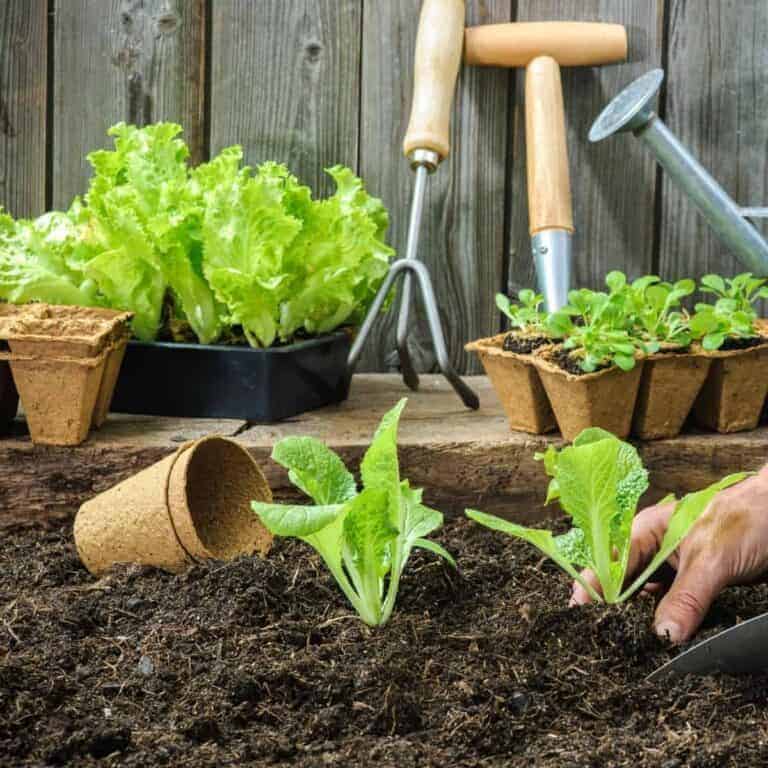
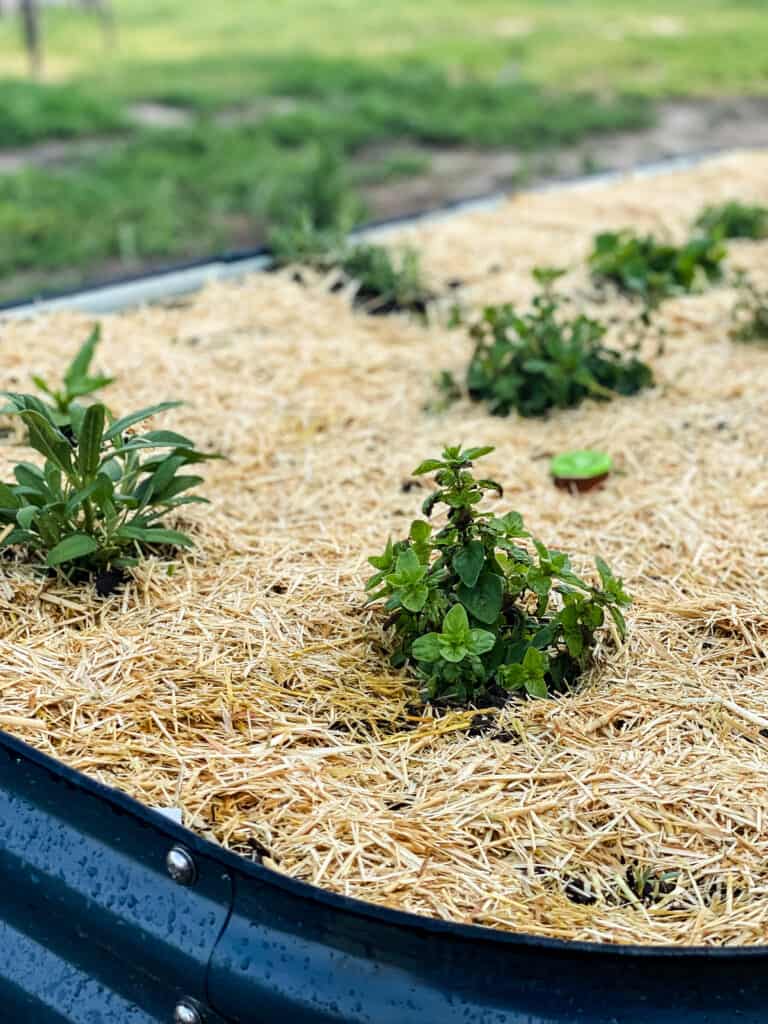

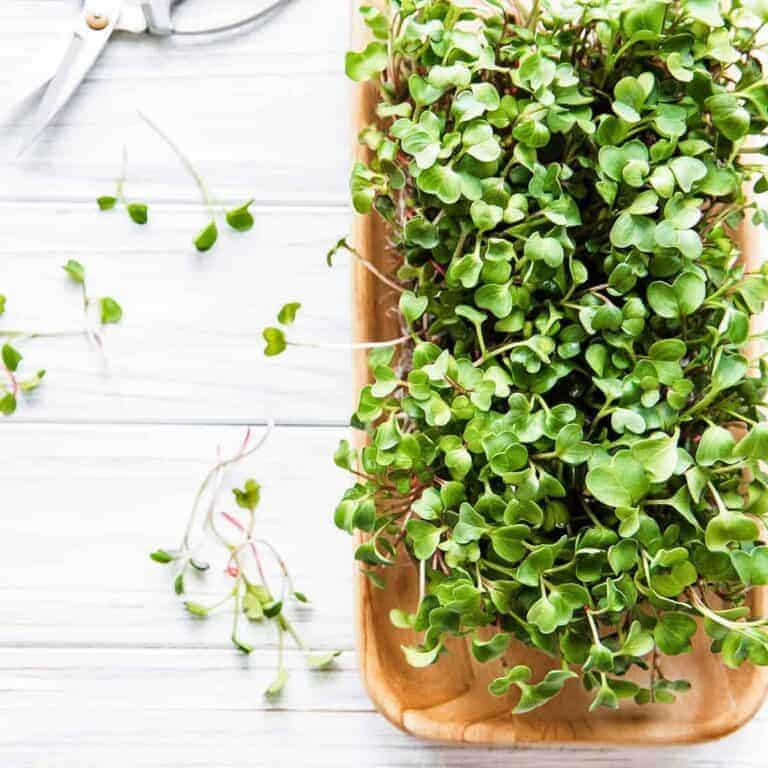
What is a twin trellis? You mention it but I don’t see any pics and google isn’t helping much. Thanks!
It is actually a twig trellis. Sorry about that!